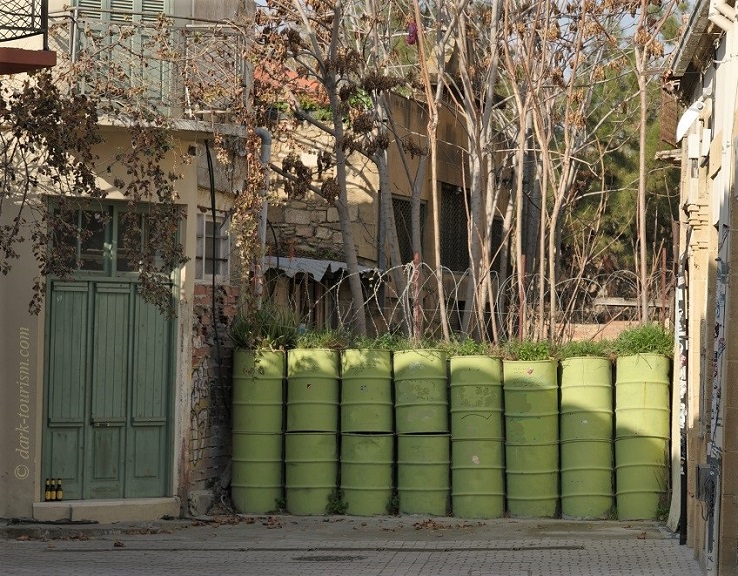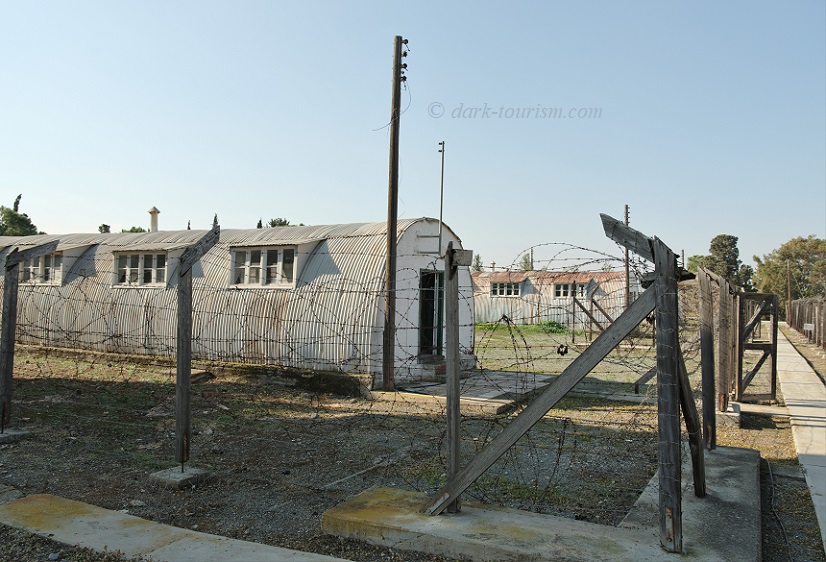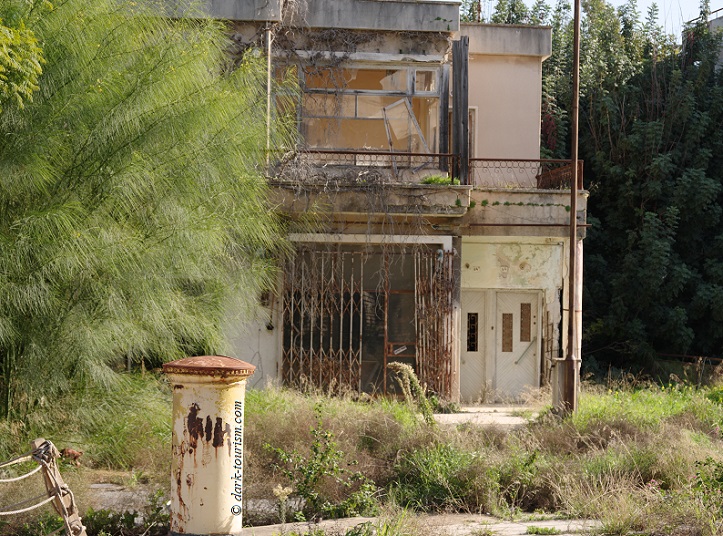This past week I had a parcel delivered to my door that I hadn’t expected. Inside I found three copies of the book depicted in the featured photo above. Readers who’ve followed this Blog for some time will instantly recognize the design of the book’s cover. I had no idea that this was in the pipeline, but yes, this is the newly released Slovak version of my book Atlas of Dark Destinations! It also surprised me that such a small country as Slovakia, which has a population of just 5.4 million, would be deemed a large enough market to warrant a translation into the Slovak language. That’s especially surprising when at the same time the German branch of the publishing house that released the book decided not to have it translated into German for the significantly larger market of Germany (population 84 million) and the other German-speaking countries (mainly Austria and Switzerland). So readers in those countries still have to make do with the English original, depicted below.
.

.
Also this past week I was sent the link to the online version of a feature about me and dark tourism in the Cyprus Mail (the only English-language newspaper in the country). I think it is quite nice (given how frequently dark tourism is totally misrepresented in the media otherwise). The article is based on an interview I did with the article’s author about a month ago.
For illustration purposes they asked me for photos, both of high-profile dark-tourism destinations worldwide as well as in Cyprus specifically. And they also asked for photos of myself at dark-tourism spots. That’s always a bit awkward for me, since I’m not a selfie-taker and hence have only a few photos of myself in my archives, and many of those aren’t the most flattering. I had to dig deep but found three I was able to send them. I then had second thoughts about one of them, as I felt the black-humoured nature of this photo didn’t go with the serious tone of the interview. So I asked the author of the article to request a different photo. But what did the editors do? They picked this one anyway:

This was taken by my guide during my 2012 private Top-to-Bottom Tour of the deactivated ICBM silo that is part of the Titan Missile Museum near Tucson in Arizona, USA. In it I’m sitting at one of the missileers’ desks of the Launch Control Center pretending to be about to turn the launch key, while putting on a mock-serious facial expression. It was kind of funny at the time, but I don’t think it really represents dark tourism well. But the editors of that media feature must have found it nicely sensationalist (well, it’s my own fault for having included this image in the photo pack I sent them). And indeed the photo I had requested is much less dramatic, even though the backdrop is the volcano-ravaged island of Montserrat. Here it is for comparison:

Most of the other photos I had sent them were also ignored. As the lead photo above the article, they used an image of the Green Line in Nicosia that they must have nicked from my Blog post about Cyprus and cut the copyright watermark at the top out. Anyway, it’s very similar to this one that I took on my trip to Cyprus in January:
.

.
Towards the bottom third of the article there are three further photos you can click on to enlarge. The first one must have been taken from my general Cyprus Blog post. Here you can actually see that they digitally airbrushed my copyright watermark out, as it was too clumsily done, what with that obvious too dark blue patch in the sky on the left. Here is the photo with the copyright mark intact:
.

.
The inclusion of this photo is a bit odd because the place where it was taken is not mentioned at all in the article. It shows part of a disused old copper-loading jetty at Gemikonağı in North Cyprus.
The next photo in the article has clearly also been taken from the same Blog post, again with the copyright watermark airbrushed out. Here is the original for comparison:
.

.
In this case it’s especially baffling that they took the photo from the Blog post, because I had sent them the very same photo, without a copyright watermark and in larger resolution. Why they didn’t use that is a mystery to me. Anyway, the photo shows a part of Kokkinotrimithia, one of the concentration camps the British had set up to incarcerate political prisoners during the late British colonial era in Cyprus in the 1950s.
The final photo in the article is indeed one of those eighteen I had sent them – all without copyright watermarks, but in this reproduction I added a new one:
.

.
It was taken in the fabled ghost town of Varosha, a place that has featured here briefly before and would be deserving of a full photo-essay post of its own on this DT Blog (maybe next time). I had sent them three photos of Varosha, actually. One of the others was this, already featured in the earlier general Cyprus Blog post:
.

.
And the third photo from Varosha that I submitted was this one:
.

.
Personally, I think those other two photos are at least as atmospheric as the one chosen by the editors. What informed their choice I don’t know, maybe they didn’t want any writing in the images, as these are all disputed properties …
Whatever, even if some of the photo choices may be a bit odd that shouldn’t detract too much from the text, which is of course the main thing. Do go and take a look at the article!
Incidentally, I’m glad I managed to finish all the Cyprus chapters for my main website before the article came out, so that readers who want to follow the cue and take a look at those chapters on my website find everything complete.
This covers both the Republic of Cyprus (i.e. the Greek-speaking south) as well as Northern Cyprus, i.e. the “Turkish Republic of Northern Cyprus”, an entity formed after the Turkish invasion of the northern third of the island of Cyprus in 1974. This “country” remains internationally unrecognized – except by Turkey. But you can easily cross the border between both parts these days.
So much for this Blog post.




